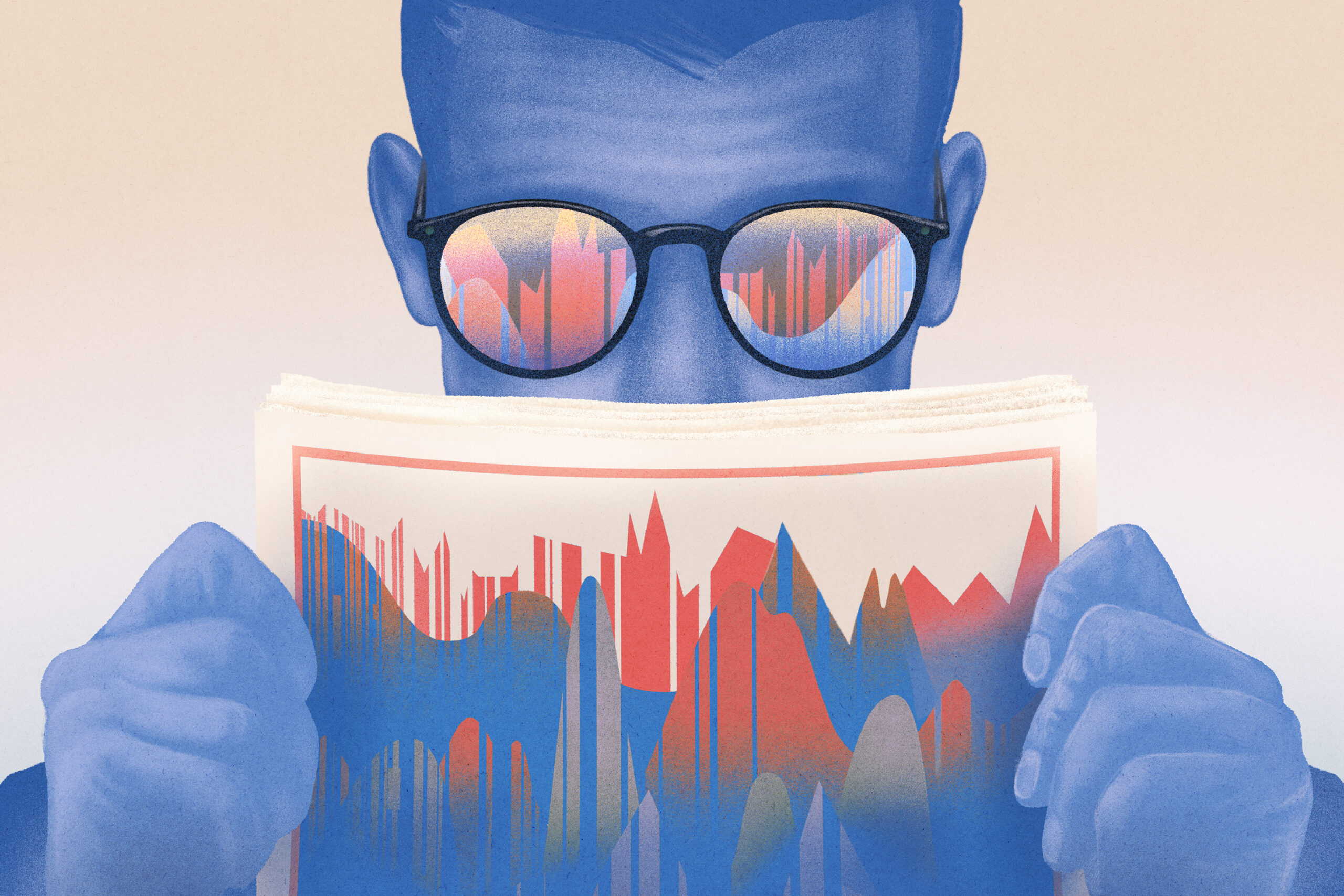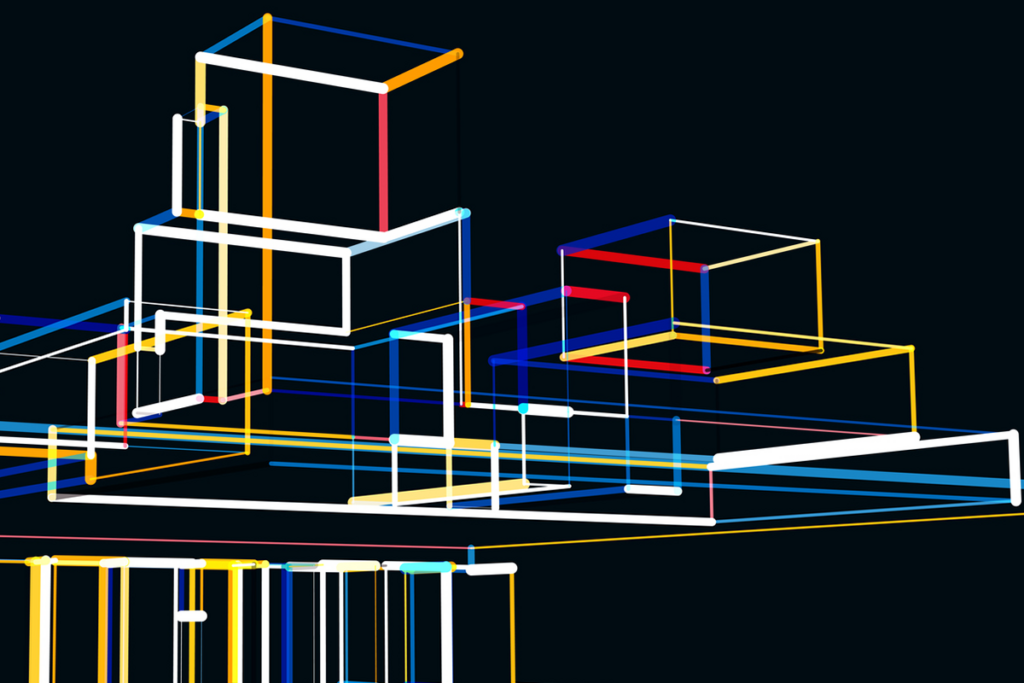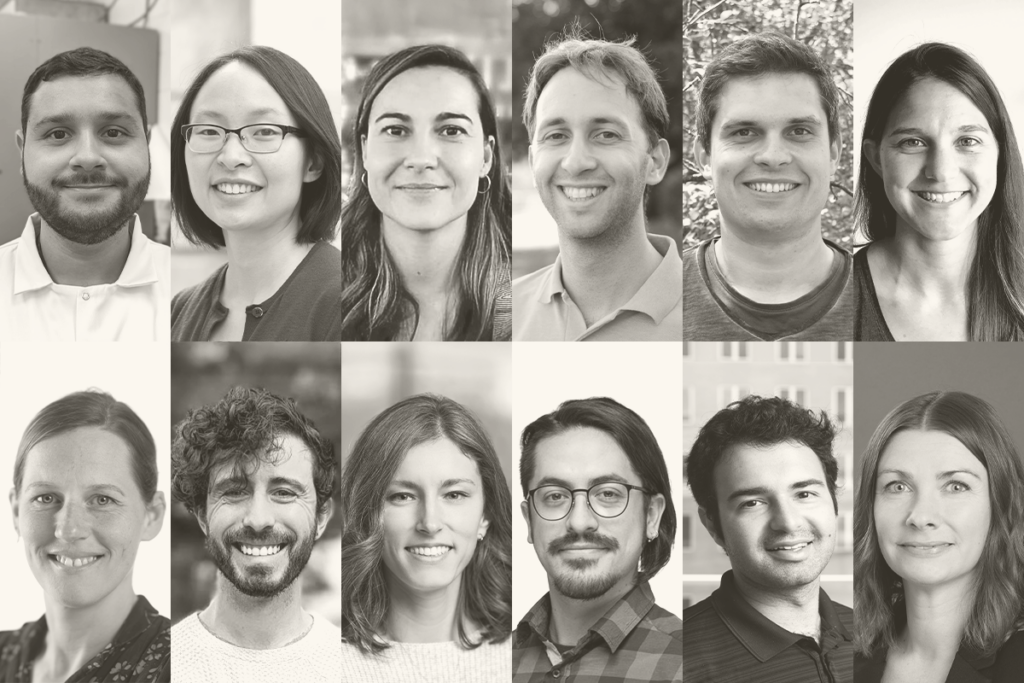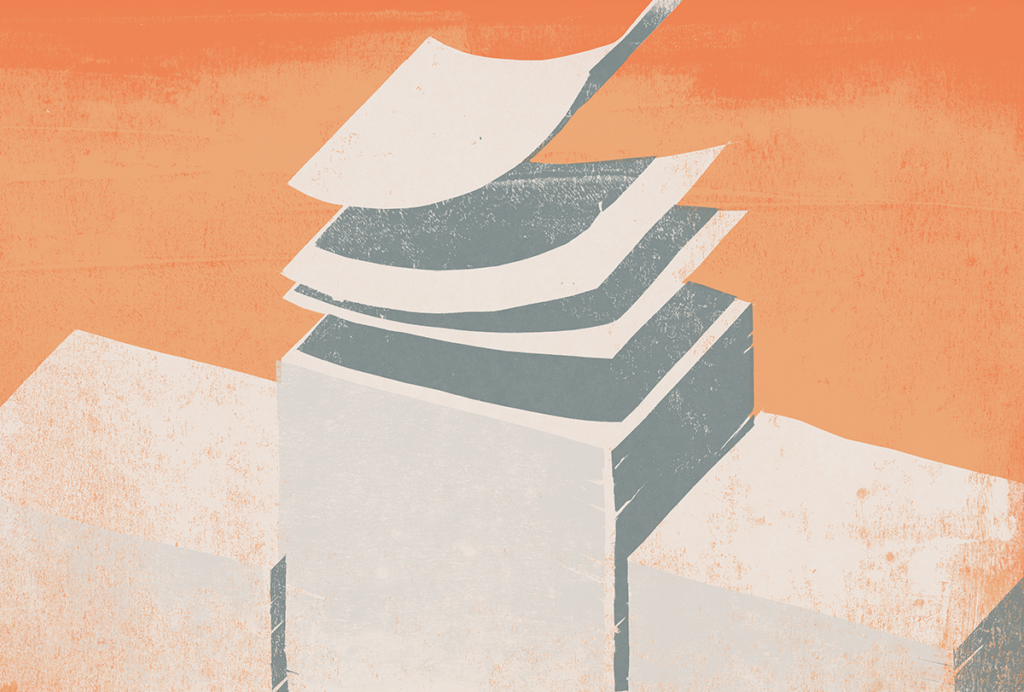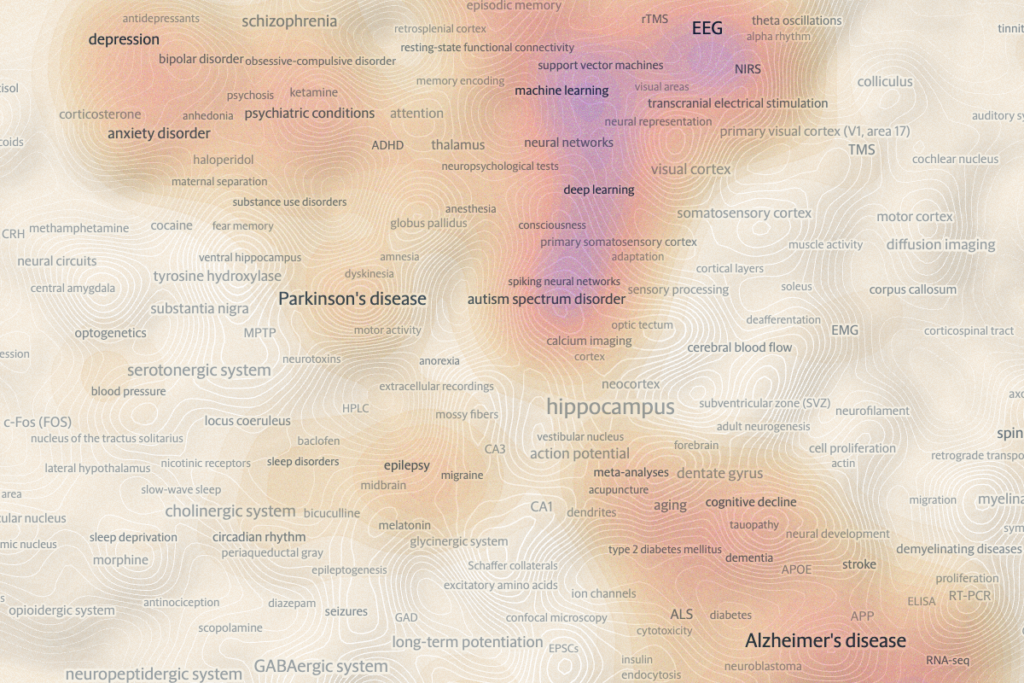Mapping dysfunctional circuits in the frontal cortex using deep brain stimulation. Hollunder B., Ostrem J.L., Sahin I.A., Rajamani N., Oxenford S., Butenko K., Neudorfer C., Reinhardt P., … Li N., Horn A. Nature Neuroscience (2024)
Augmenting hippocampal-prefrontal neuronal synchrony during sleep enhances memory consolidation in humans. Geva-Sagiv M., Mankin E.A., Eliashiv D., Epstein S., Cherry N., Kalender G., Tchemodanov N., Nir Y., Fried I. Nature Neuroscience (2023)
Historically, brain stimulation studies have mostly focused only on the area that is being stimulated. These papers zoom out and think about the brain network being engaged by stimulation.
In their 2024 paper, Andreas Horn and his colleagues conducted a large cohort analysis of deep brain stimulation-implanted patients across four different conditions—Parkinson’s disease, dystonia, obsessive-compulsive disorder and Tourette syndrome. Based on each implant location, the team inferred which white-matter streamlines are likely to be activated and estimated which cortical areas were thus likely impacted by the stimulation. Using this information and patient outcomes, they established which downstream cortical targets were most helpful in different situations (for example, primary motor cortex for dystonia, supplementary motor cortex for Parkinson’s disease). In 2023, Yuval Nir and Itzhak Fried’s team investigated the role of synchronized stimulation between two brain areas in enhancing memory. Specifically, they showed participants a visual stimulus in the evening, performed prefrontal stimulation time-synchronized to temporal lobe activity during sleep, and then tested their recall in the morning. This closed-loop stimulation enhanced memory more than unsynchronized stimulation.
These papers exemplify how the field is moving toward evaluating stimulation through the lens of white-matter connectivity between brain areas and the networks being engaged by the stimulation. This movement in the field is important both for foundational science and for potential clinical applications, including one discussed in our 2023 paper investigating the effects of deep brain stimulation of a target white-matter network for treatment-resistant depression.
—Christopher Rozell, director, Institute for Neuroscience, Neurotechnology and Society at the Georgia Institute of Technology
See also:
Drafting a ‘dysfunctome’: Faulty connections to subthalamic nucleus characterize disparate brain disorders
Chris Rozell on brain stimulation and AI to treat depression
Stimulating the brain with Damien Fair
